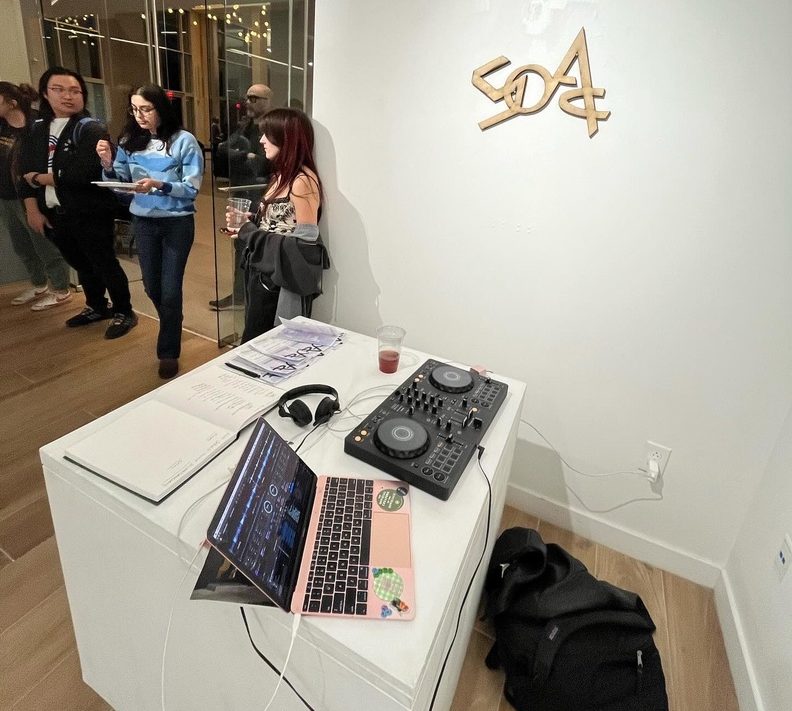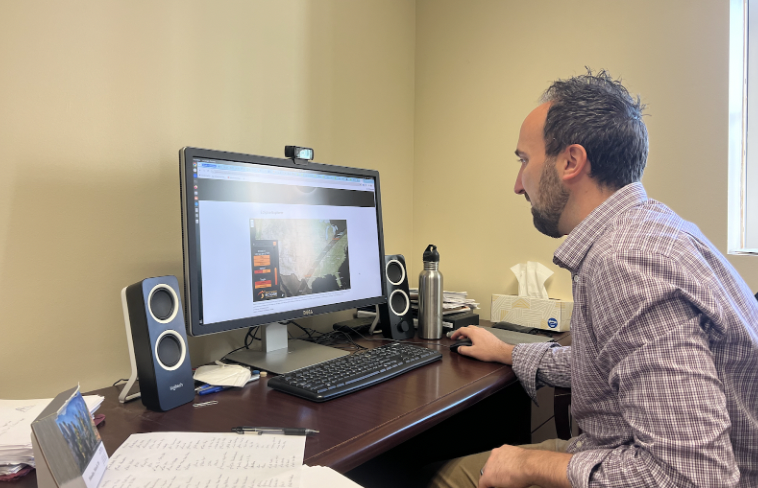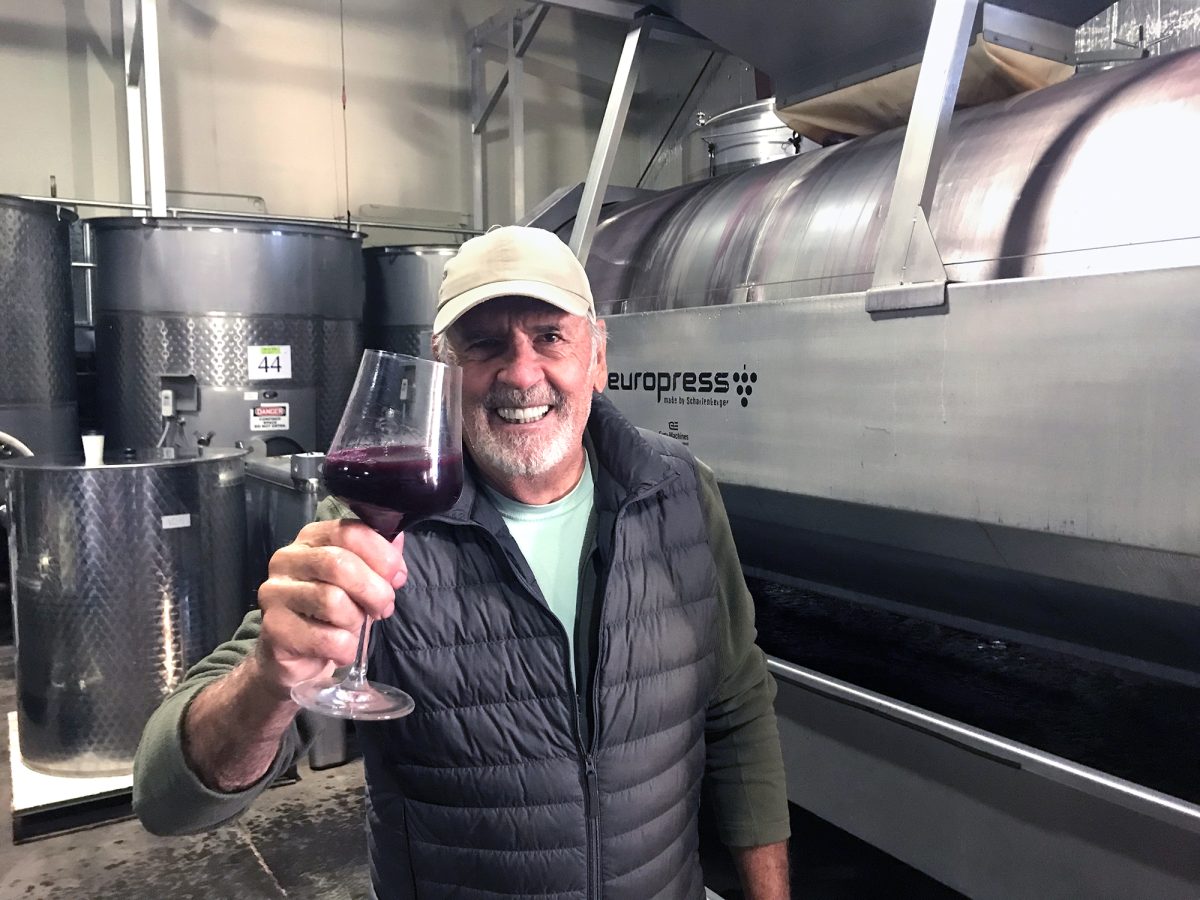Art critic Dore Ashton gave a Meadows School of the Arts visiting artist lecture where she discussed her relationship with Mark Rothko, her experience critiquing artists in Latin America and her frustration with the new generation of American painting students.
The lecture that was held in the Bob Smith Auditorium in the Meadows Museum was set up as a conversation between Asthon, Dr. Roberto Tejada, a distinguished endowed chair in art history for Meadows, and Dr. Michael Corris, professor and chair of studio art for Meadows.
“It was a good lecture,” Travis LaMothe, a first year sculpture graduate student at SMU, said. “I definitely liked that it was a dialogue, because her role demonstrates an interesting dichotomy — in that she is creating and labeling meaning in art—through her involvement in the artists’ lives as well as in their media presence.”
After getting her Master of Art from Harvard, she worked as a critic for the New York Times and has written 30 books throughout her career that started in 1951.
“She looks at art, criticizes works and teaches those skills in a way thats truly unique and inspiring,” Corris said.
A Dark Friendship
The lecture started off with a discussion about Mark Rothko.
Ashton first came across Rothko’s work in a gallery in New York City. Intrigued by the work, she got his phone number from the gallery owner and contacted Rothko directly.
She had a very close friendship with him for many years all the way up until his death in 1970.
“He would call me at 8 a.m. and say, ‘Can you come.’ I’d go,” Ashton. said. “All of his friends would. We worried about him because he was very depressed.”
Corris showed photos from the Rothko Chapel and one of his last bodies of work.
Ashton was one of the first people to see them when they were originally made.
“They were heavy, deadly, like him, with no hope,” Ashton said. “I still feel they are not the best representatives of his life’s work.”
Work in Latin America
Since the 1950’s, Ashton has had many travel opportunities in Latin America. This gave her the opportunity to critique Latin American artists.
There were almost no other critics from the United States in Latin America a that time, which is still true today.
“I thought my job was to try to describe what I saw, not say if it was good or bad,” Ashton said. “Then I started a genre of half review and half interview with the artists.”
That relational aspect helped her develop relationships with artists and critics in Latin America and throughout her career.
Art was not the only thing that intrigued Ashton about Latin America, the politics drew her in.
“I’m left handed by the way, all the way,” Ashton said. “Politically too.”
She learned a lot from what was happening politically in Latin America over the years, and she enjoyed that.
The Next Generation
Ashton’s career has been long and bountiful, and she has been able to interact and befriend many artists over the years, but the new generation of artists have presented a challenge for her.
Ashton finds it hard to relate to most young art students that she works with today.
For the most part, the only work that impresses her comes from foreign students.
“The American students are throwing shmatas in the corner and calling it their piece of art,” Ashton said. “I think I have outlived my time, because I can’t get with that.”
She said she feels contemporary art students are very troubled.
“It is not such a great culture right now,” Ashton said. “I think it affects their stance in the studio.”











